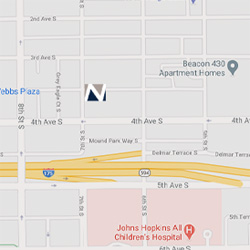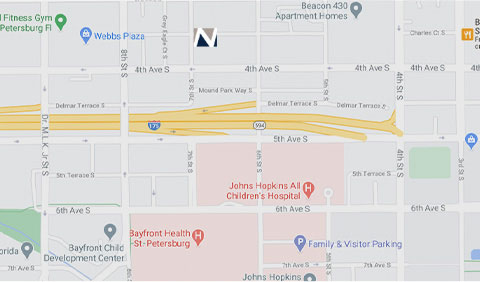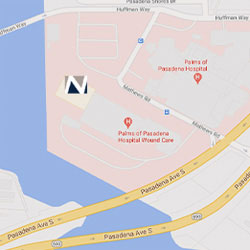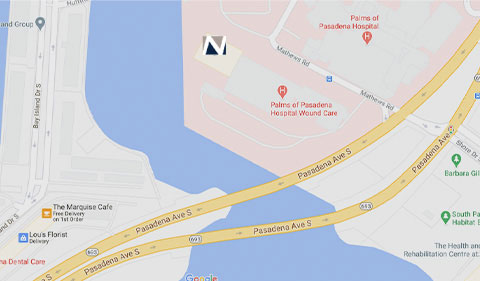What Do Pre-Cancerous Skin Growths Look Like?
When you spend too much time in the sun, the exposure can cause short-term consequences—such as burning the outer part of the skin, resulting in a temporary sunburn—but ultraviolet light also gets into the inner layers, resulting in permanent DNA damage and killing skin cells. These changes lead to premature aging, causing the skin to become wrinkled, leathery, dried out, and uneven. It can also increase a person’s risk of skin cancer, including by causing precancerous skin growths to develop. So what exactly are these lesions?
Cumulative, unprotected exposure to sunlight or artificial tanning may eventually lead to the formation of actinic keratoses, also known as solar keratoses or premalignant lesions. It’s important to monitor your skin for these growths and to have them examined and treated by a professional, because while they aren’t cancer, some types can eventually evolve into skin cancer. Our St. Petersburg and St. Pete Beach based Nelson Dermatology team is sharing these tips to help you recognize potential pre-cancerous skin lesions before they have the chance to develop further and become truly dangerous.
Note that the signs of actinic keratosis can often seem very similar to skin cancer, but the lesions are usually less obvious and may also be confused for age spots. Pre-cancerous growths may vary greatly in size and appearance.
• They’re usually found on areas of the body that are frequently exposed to the sun, such as face, lips, ears, forearms, scalp, neck, and the backs of the hands.
• They typically appear as small, wart-like skin lesions (they’re usually less than an inch in diameter) that have a dry, scaly, or rough and sandpapery texture. Sometimes it’s easier to identify them based on their texture rather than color.
• They usually have a reddish or pinkish color, but can also vary in hue and may appear as white, tan, flesh-toned, or brownish spots.
• They resemble flat or slightly raised bumps on the surface of the skin.
• Symptoms such as bleeding, burning, itching, and crusting are common.
• There are usually several growths, and they may be located close together on one area of skin.
If you’re concerned about a new or changing spot on your skin, contact us to have it examined. For more advice on identifying pre-cancerous skin growths and skin cancer, contact our team at St. Petersburg and St. Pete Beach based Nelson Dermatology. Contact us by calling 727-895-8131, or book a consultation online to get started.
Schedule your consultation in St. Petersburg or South Pasadena. Call Tampa Bay's Nelson Dermatology at (727) 895-8131.






